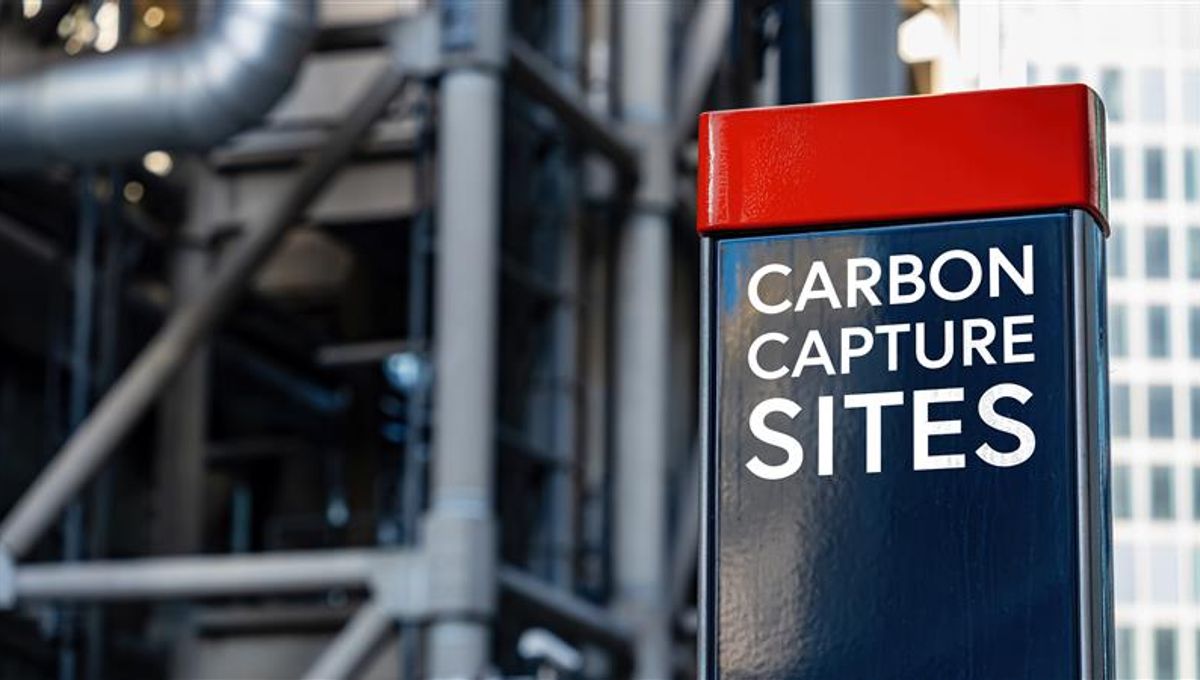
Most governments around the world, especially those of high-income countries, are failing to achieve the target of the Paris Agreement, signed in 2015 by 195 countries and the European Union. As carbon dioxide emissions continue to increase, for many the solution is to develop technologies to simply remove this greenhouse gas from the air. A new study suggests that this is much easier said than done.
The research comes from the Massachusetts Institute of Technology Energy Initiative. The work focused on direct air capture or DAC, technology that removes carbon dioxide from regular air. The team discovered that DAC strategies rely on overly optimistic, if not unrealistic, assumptions. The work states that this can lead to misleading results that impact strategies to stabilize the climate.
The scientists found three engineering challenges. One is where to build the facilities. They will be exposed to the elements, which might affect their lifetime, and they need a place to store the carbon dioxide removed from the air. This is linked to the second issue of energy. These facilities need to be near a low-carbon electricity source.
There are physical and technological limitations to direct carbon capture technology. The only limitation to reducing emissions is our will to do so.
While the researchers stated that the issues related to the location are “commonly underestimated in the real world and neglected in models”, those will appear minor compared to the electricity need. If coal power were used to remove CO2 from the atmosphere, you’d actually end up with 20 percent more carbon dioxide than you started with.
If you wanted to remove 10 gigatonnes of CO2 (10 billion metric tonnes) every year, the energy requirement would be 40 percent of the total global electricity generated today. Modeling predicts that DAC could remove 5 to 40 gigatonnes of CO2 per year, to make a dent in the 950 gigatons and counting of CO2 that has gone into the atmosphere since 1850. However, the researchers conclude that it is “highly uncertain” that DAC can be deployed at the gigatonne scale.
This point is made clear with the third technical issue, scaling up. Carbon dioxide has an enormous impact on the atmosphere but it makes up a tiny fraction of the air – around 0.04 percent. This means that an enormous amount of air needs to go through the technology to get much CO2 out. To get 1 tonne of carbon dioxide they need to process 1.8 million cubic meters (63.5 million cubic feet) of air – that’s almost two Empire State Buildings worth of air. All these technical points add up to a high cost, higher than models have estimated so far.
The situation is different for carbon capture and sequestration (CCS) technologies, which aim to capture CO2 from their flue gases, where the concentration is much higher than in the air, meaning they can do this removal with lower costs.
The moral of the story is that removing carbon dioxide is not interchangeable with limiting emissions. If we fail to stop emitting greenhouse gases – and that is a political choice – with disastrous consequences for the climate, the natural world, and ourselves, we cannot simply turn on a machine to fix it. There are physical and technological limitations to direct carbon capture technology. The only limitation to reducing emissions is our will to do so. The recent COP29 meeting to tackle climate change globally ended up in failure.
“The UN COP29 Climate Summit has been another disappointing affirmation of the status quo. The promised financing is pitiful – and the manner will increase the debt burdens of countries who are impacted the most yet who contributed the least to the climate crisis,” Aditi Sen, Climate and Energy Program Director at the Rainforest Action Network, said in a statement.
“We need an absolute reduction in carbon emissions, a fair phase out of fossil fuels and polluters should pay for climate damage and for a just transition out of the trillions of extracted profit.”
The MIT Energy Initiative paper is published in the journal One Earth.
Source Link: Carbon Capture Directly From Air May Not Be The Anti-Emissions Hero We'd Hoped